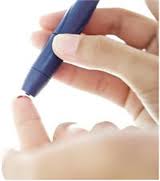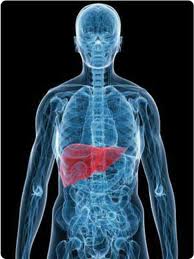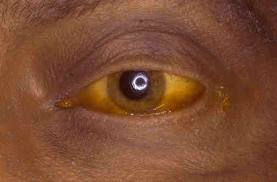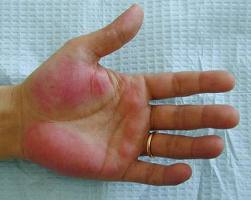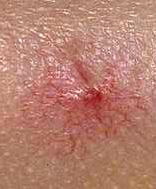 Out with the old bad habits and in with the new, healthy habits. The New Year is upon us and for those of us living with HBV; it’s time to make a commitment to habits that support a healthy liver. Let’s start with New Year’s Eve – A sip of champagne to ring in the New Year? Yes! Half a magnum of champagne to ring in the New Year… dangerous!
Out with the old bad habits and in with the new, healthy habits. The New Year is upon us and for those of us living with HBV; it’s time to make a commitment to habits that support a healthy liver. Let’s start with New Year’s Eve – A sip of champagne to ring in the New Year? Yes! Half a magnum of champagne to ring in the New Year… dangerous!
Let’s face it. Drinking alcohol and HBV do NOT mix. Years of HBV results in liver disease progression. Drinking alcohol to excess also causes liver disease progression. The rate and degree of liver disease progression is not necessarily predictable and may vary with the individual. However, mix hepatitis B and alcohol and you have a deadly combination leading to more advanced liver disease progression. Make the commitment in 2012 to stop drinking alcohol.
Do you smoke? Why? The warnings regarding the risks of smoking never cease. If you smoke and have HBV, you increase the rate of your liver disease progression and you significantly increase your risk of liver cancer. Once again it’s the combination of HBV and the bad habit that increases your risk of liver cancer even more. Smoking is bad for you and HBV is bad for you. Make a commitment in 2012 to stop smoking.
Fatty liver disease and diabetes are on the rise. ALT levels may be elevated by your HBV or by fatty liver disease. You don’t want either, so do your best to avoid foods that increase your risk for diabetes or fatty liver disease. Take a hard look at your diet. Do grab food on the go? Do you shop on the inside of the grocery store or the outside? Do the food items you buy contain a list of ingredients you cannot pronounce? Go back to basics. Shop on the outside of the store where the fresh vegetables, fruits and other fresh foods reside. Make your own meals rather than buying ready-made. There is no specific diet for those living with hepatitis B, but a healthy diet is important. Eat fresh, healthy vegetables, fruits and lean meats. Avoid “white” pastas and breads, and eat whole grains. Avoid high fructose corn syrup and refined sugar. Read the labels on the backs of the packages to compare your intake of sugar and fat. You may be swapping one for the other, which might be important if you are watching your sugar intake. Eat health, monounsaturated fats like olive oil, avocados, and nuts. Avoid saturated fats such as butter, fatty meats, etc. Spend a little time learning the healthy-diet basics and gradually implement changes into your diet and lifestyle.
Exercise really is good for you, but sometimes it’s tough to get in the groove. Just because you have HBV does not mean you should avoid exercise. Exercise as you are able. You will find that moderate exercise will actually make you feel better rather than worse. HBF’s Senior Medical Adviser advises those recovering from an acute HBV infection should avoid bed rest unless specifically prescribed by their doctor. Getting up and about actually helps your liver and the recovery process. This does not mean you need to be training for a marathon, but exercise in moderation is good. So find yourself an exercise partner, and go out for a walk, jog, or swim, or sign up for a Zumba class at your neighborhood gym.
So when you’re getting ready to make your list of New Years’ resolutions, be sure to set goals that are attainable. You don’t have to quit smoking or drinking alcohol cold turkey. This is a lifetime commitment. Make a realistic plan to taper off and stick to it. Ask your doctor for advice, or find friends or family members that are also interested in making commitments to change.
Happy New Year to all! Out with the old-bad habits, and in with the new, healthy habits for 2012!






